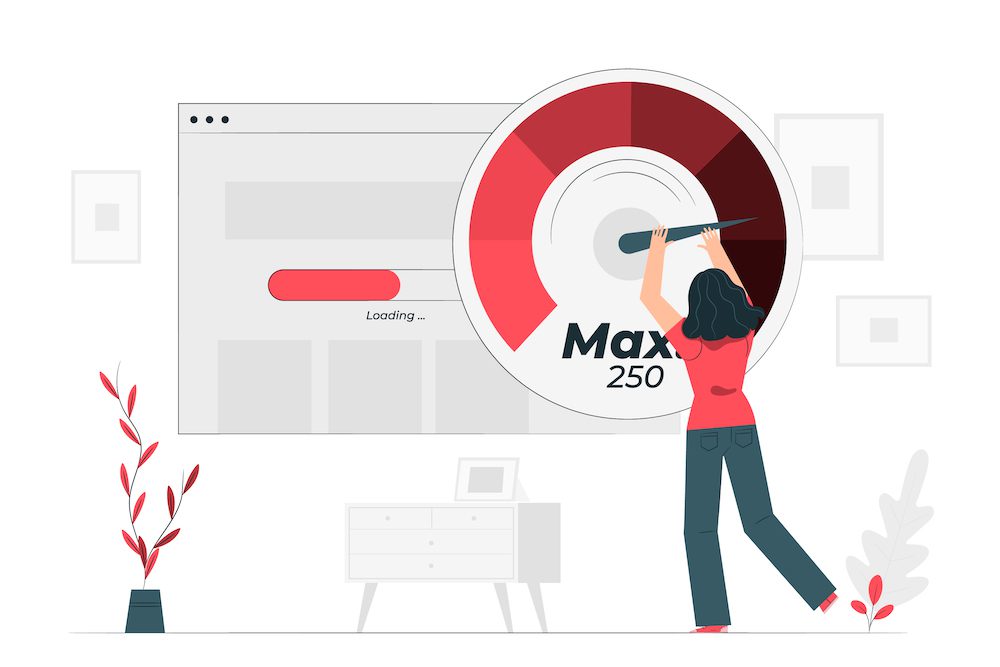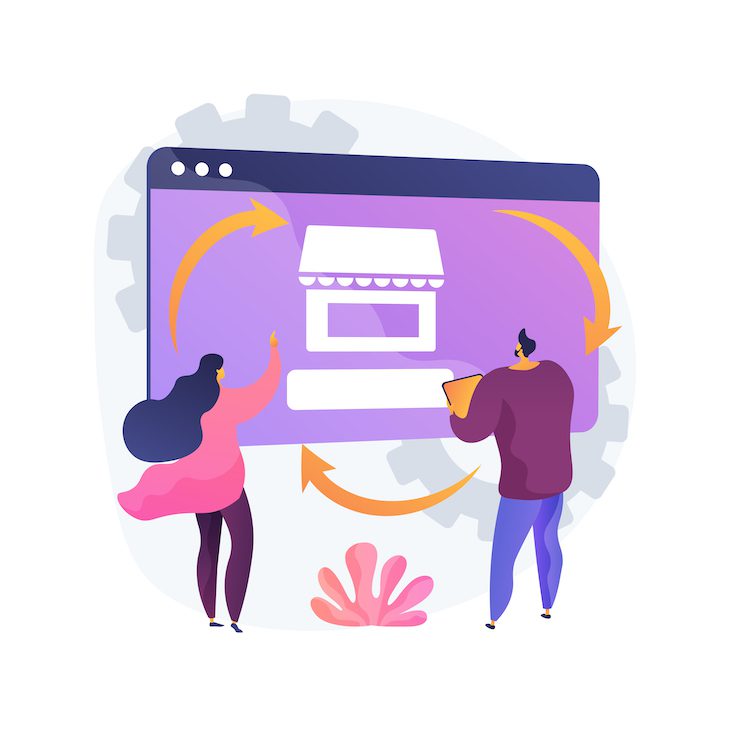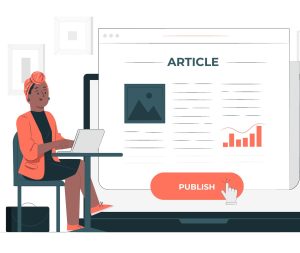Speed vs Content- Which one guarantees conversion?
Take a step back and think about the last time you bought something online. Was it a spontaneous decision? Or did you take your time to research the product, read reviews, and compare prices before making a purchase?
If you’re like most people, it was probably the latter. And that’s because we’ve become accustomed to expecting a certain level of quality and value when we make purchases online. We want to be sure that we’re getting what we paid for, and that our purchase is going to meet our needs.

So what does this have to do with speed vs content?
Well, when it comes to your website, the speed at which your pages load can have a direct impact on conversion rates. In other words, if your pages take too long to load, you could be losing out on potential customers.
On the other hand, if your pages are loading too quickly, you might not be providing visitors with the information they need to make a purchase decision. In either case, it’s important to strike a balance between speed and content in order to ensure that your website is optimized for conversion.
Some say that speed is the most important factor, since users are unlikely to stick around if a website takes too long to load. Others say that content is king, and that users will be more willing to wait if they know there’s valuable information on the other side.

So, which one is it, Speed or Content?
Unfortunately, there’s no easy answer. It really depends on the situation. In some cases, speed will be more important than content. In others, content will take precedence.
Here are a few things to keep in mind when deciding whether speed or content is more important for conversion:
– The type of website: In general, sites that are selling products or services will be more focused on speed. On the other hand, sites that are providing information (such as news articles or blog posts) can afford to be a little slower, since users are typically more patient when they’re looking for information.
– The user’s needs: If a user is looking for something specific, they may be less patient and more likely to leave if it takes too long to find. However, if a user is just browsing, they may be more willing to wait for slow-loading content.
– The competition: If there are other websites offering similar products or services, speed may be the deciding factor in conversion.
In the end, it’s up to you to decide whether speed or content is more important for your website. Consider your audience and your goals, and make the decision that will best serve your needs.
To help you achieve this balance, we’ve put together a list of four tips that you can use to improve the speed and convertibility of your website.
1. Use a Content Delivery Network (CDN)
A content delivery network (CDN) is a global network of servers that delivers content to users based on their location. By using a CDN, you can improve the speed at which your content is delivered to visitors, no matter where they are in the world.
2. Optimize Your Images
Images are an important part of any website design, but they can also be a major contributor to slow page loading times. To avoid this, make sure to optimize your images for the web by reducing their file size without compromising quality.
3. Minimize HTTP Requests
HTTP requests are made every time a visitor loads a new page on your website. The more requests that need to be made, the longer it will take for the page to load. To reduce HTTP requests, try to minimize the number of elements on each page, and combine or compress files where possible.
4. Use Caching
Caching is a technique that stores frequently accessed data in memory so that it can be quickly retrieved when needed. By using caching, you can reduce the amount of time required to load pages on your website, which can improve both speed and conversion rates.
By following these four tips, you can help ensure that your website is optimized for both speed and conversion. Keep in mind that striking a balance between the two is essential to achieving success online.




